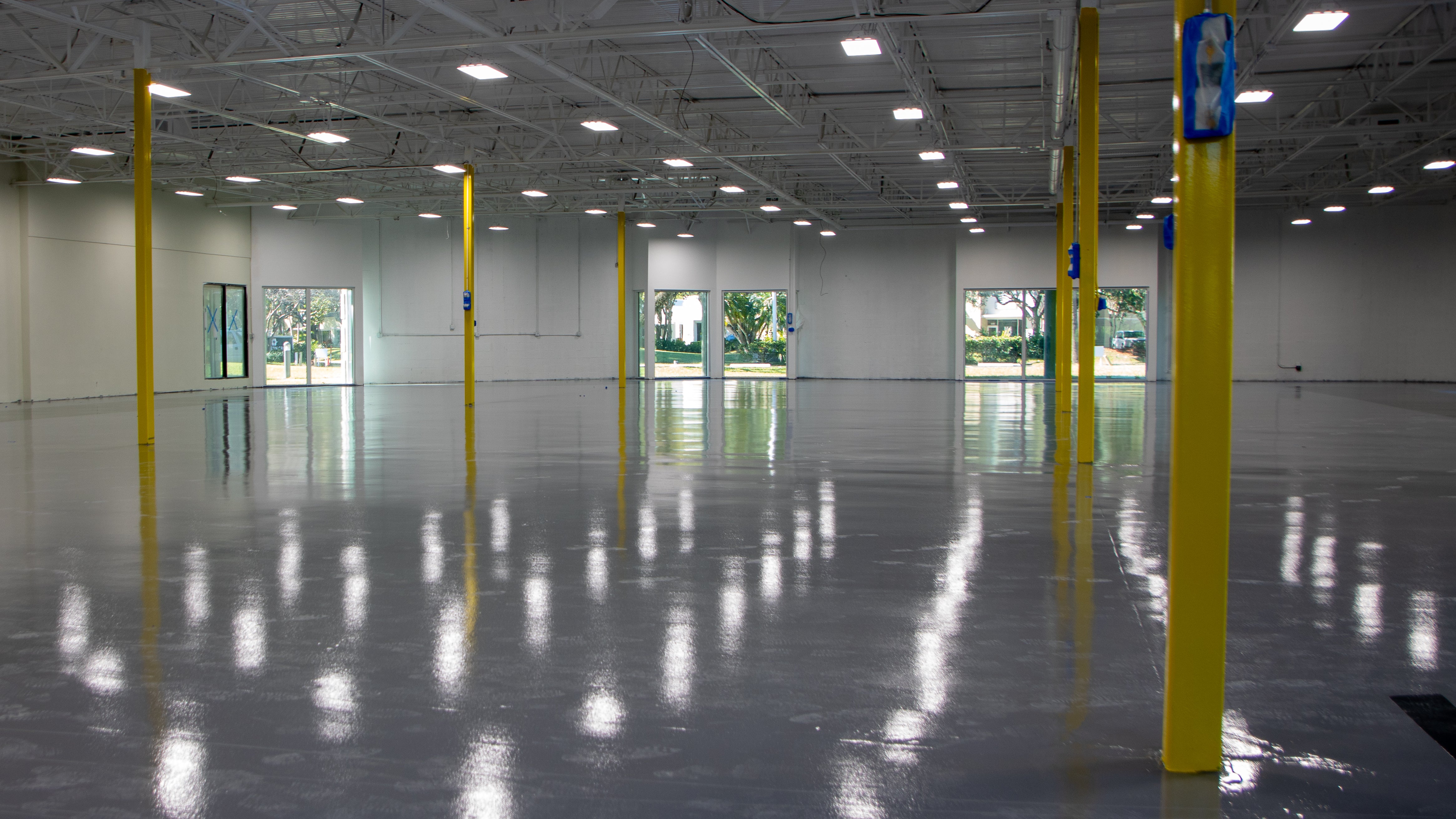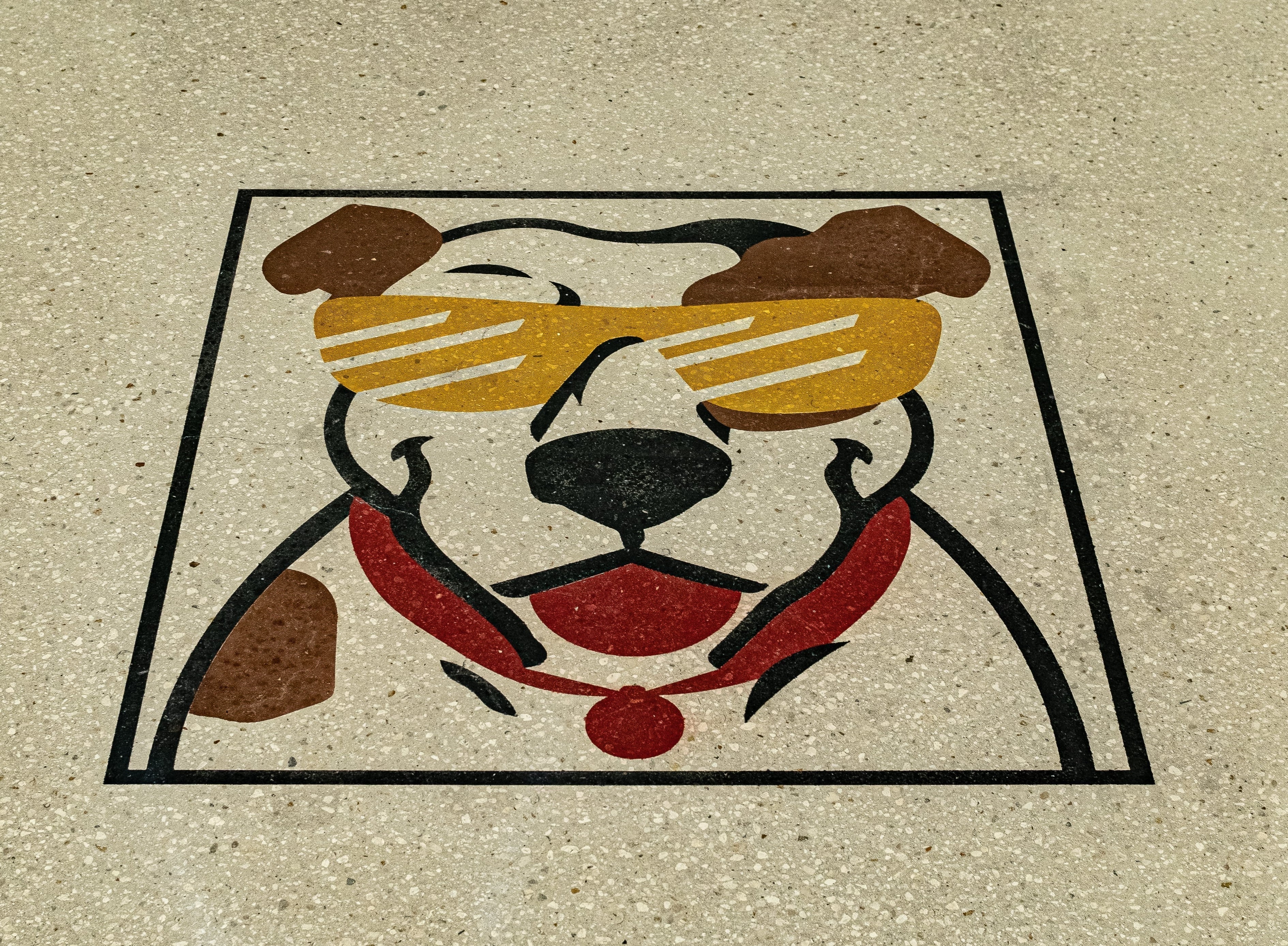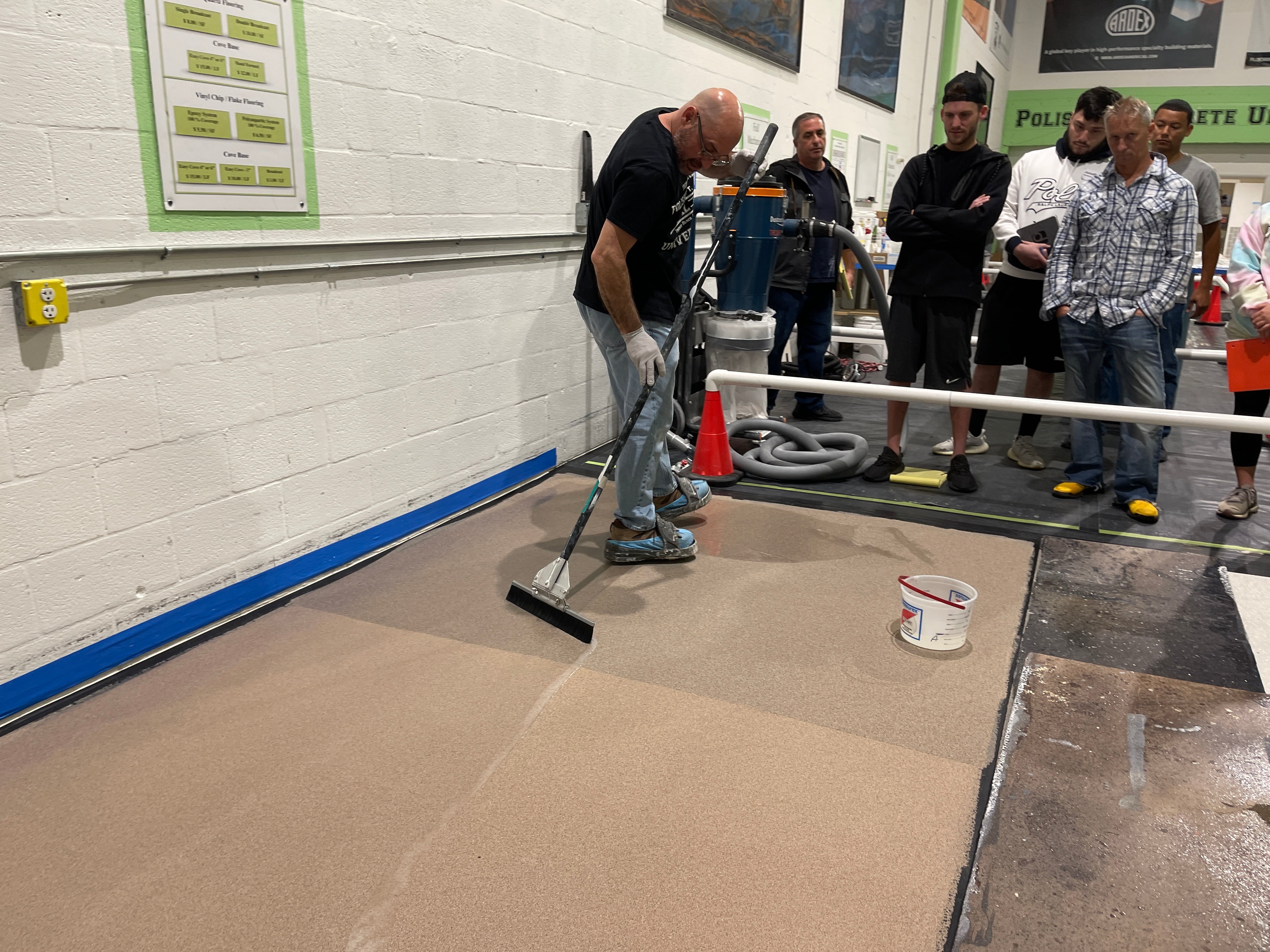
Conquer Concrete Moisture: A Practical Guide
Understand Concrete Moisture, and Fix It!
In the realm of epoxy floors, strong groundwork is vital. Yet, there's a hidden issue often overlooked: concrete moisture. This unseen problem can harm epoxy coatings. From mold to total failure, contractors every day set their floors up for future failure by ignoring the moisture in their concrete. In this guide, we'll explore why moisture matters and how to effectively handle it for great epoxy flooring.
Concrete Vulnerability: A Hidden Truth

Concrete is one of the toughest materials we build with, but it has a secret weakness: moisture. Imagine concrete as a sponge – it'll soak up water and humidity. This isn't good for epoxy coatings, which need a dry foundation to bond with properly. This moisture can cause problems like staining, peeling, and even mold under your epoxy!
The Causes: Sources of Moisture
Knowing where this moisture comes from is crucial. Freshly poured concrete releases moisture as it dries. This moisture needs to disappear before you coat it with epoxy. Patience, as always, is a virtue on the job!
Another source is from the ground – moisture can rise through the concrete due to pressure, especially in places with high water levels. Plus, if your concrete has been around for a while, it might have collected humidity from the air, which can affect your epoxy job.
There are a few ways for moisture to find its way into your concrete, most of them environmental. Regardless of the source, though, you need to deal with it! The best way to know if the moisture levels in your concrete will threaten your epoxy installation is through concrete moisture testing.
The Process: Concrete Moisture Testing
Checking for moisture is a must, even if it's invisible. Imagine it as a health check up for your concrete. There are a few ways to do this:
- Moisture Meters: Moisture meters are non-destructive tests that measure how much moisture is in the concrete. Moisture meters are the standard and should be perfect for most use-cases!
- Relative Humidity Testing: Destructive methods for moisture testing are more accurate, but will require insertion into the concrete itself. Relative humidity sensors inside the concrete will tell you how humid it is inside the foundation. These tests are great for humid environments, and can tell you with great accuracy whether or not your epoxy is threatened.
- Calcium Chloride Testing: A calcium chloride test involves a small container that absorbs moisture, inserted into the concrete. It's a destructive method, but by weighing it before and after, you can figure out with very precise accuracy how much moisture is coming out of your concrete.
Every moisture test is designed for different purposes, and built to different standards of accuracy. If you live in a high water level, or extremely humid, area, you may want to invest in a more accurate moisture test. It may also depend on the source of the moisture. Not all moisture will express itself on the surface of your concrete!
Tackle Concrete Moisture Challenges
To keep your epoxy floors strong, tackle moisture in the concrete head-on. One effective strategy are moisture barriers. These act like shields for your floors, they're designed to stop moisture from causing trouble in the future.
Another step is proper surface preparation. Get your concrete ready by shot blasting or diamond grinding. Surface preparation, especially mechanical surface preparation, is an incredibly important part of any flooring installation. Plus, it helps release moisture!
Lastly, consider using a high-quality epoxy primer if the moisture levels aren't too high. Not only does it help your epoxy stick better, but it also acts as a barrier against moisture. It's a double win for your floors!
A Concrete Commitment: Moving Forward
Understanding and dealing with concrete moisture should be easy. You don't have to do it alone. Our Moisture Barrier kit from EpoxyETC has your back. And our blog here at EpoxyETC always keeps you up-to-date on the latest in industry standards!
Our products are made to handle moisture challenges, wear-and-tear, and designed to give you peace of mind.
Conclusion
While you can't see concrete moisture, its impact is real. You need to know where it comes from and how to handle it to succeed during an epoxy floor installation. Stay informed, stay prepared, and get ready to conquer any moisture challenges. Your epoxy floors, and your clients, will thank you!
If you're a contractor on the job, or a DIY enthusiast, our technicians are here to guide you through any challenge! We're only a phone call away at (954) 228-8856. From moisture barriers to industrial-grade floor grinders, our EpoxyETC online store is ready to kick start your epoxy journey!




